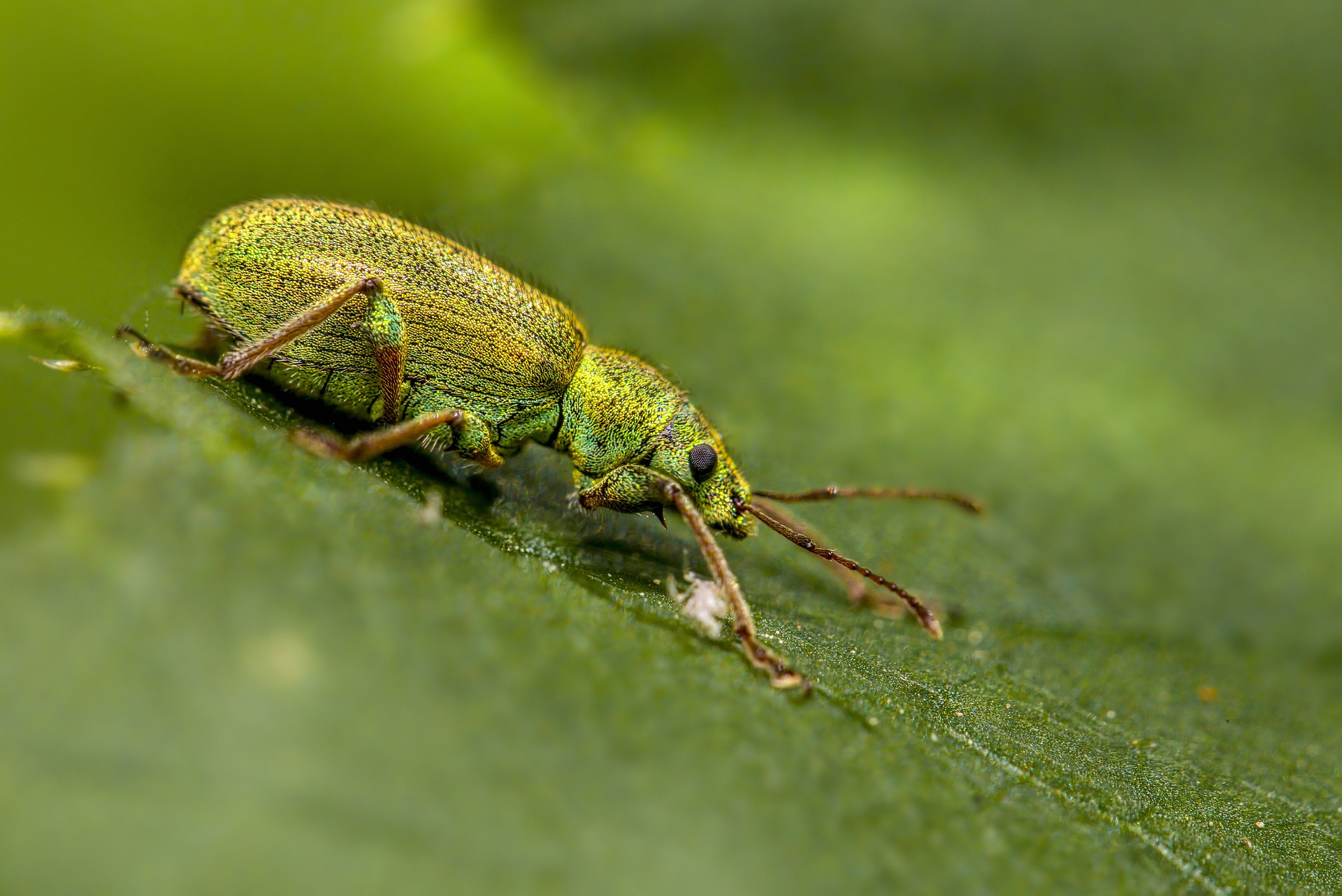The Nettle Weevil, scientifically known as Phyllobius pomaceus, is a small beetle belonging to the Curculionidae family. As its name suggests, this species is commonly found on nettles (Urtica spp.), where both adults and larvae feed.
These weevils have elongated bodies with a characteristic long snout, typical of many members of the weevil family. They are generally brown or grayish in color, sometimes with mottled patterns on their elytra (wing covers).
Nettle weevils primarily feed on the leaves of nettles, causing damage to the plants by consuming their foliage. Despite being considered pests in some contexts, they also serve as important components of their ecosystems, contributing to nutrient cycling and serving as food sources for predators.
Understanding the ecology and behavior of nettle weevils is crucial for managing their populations in agricultural or horticultural settings where they may cause damage to crops or ornamental plants. Additionally, studying their interactions with nettles and other organisms provides insights into broader ecological dynamics.
Views: 1345
Subscribe to the newsletter:
